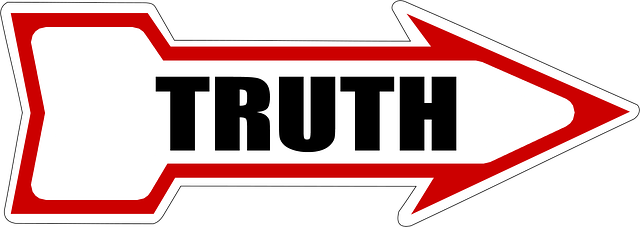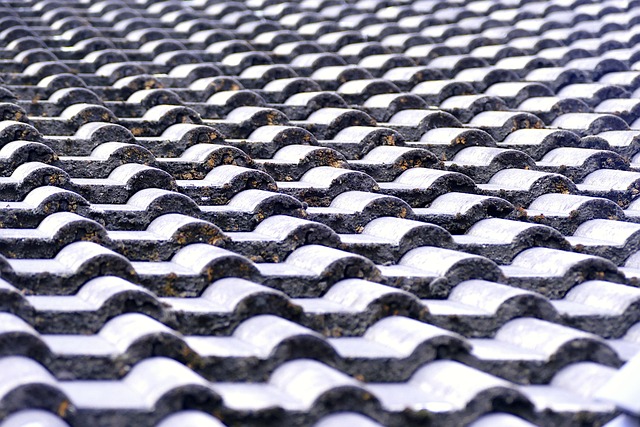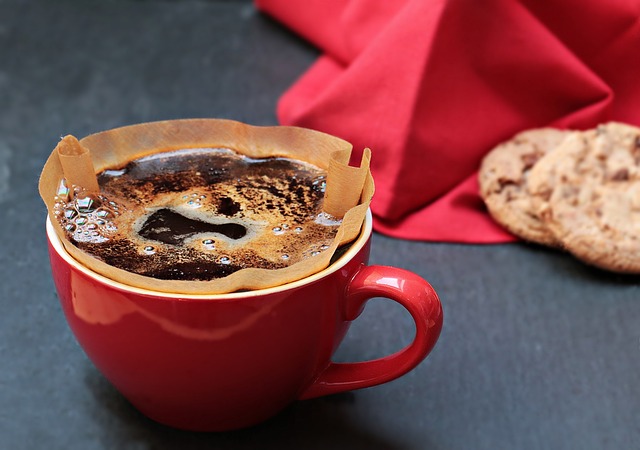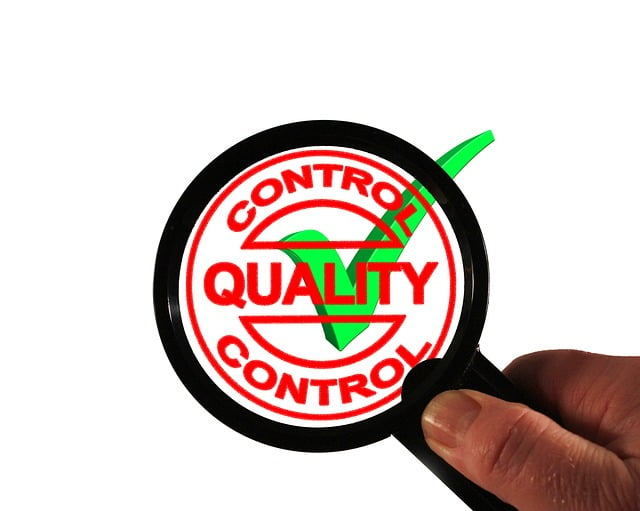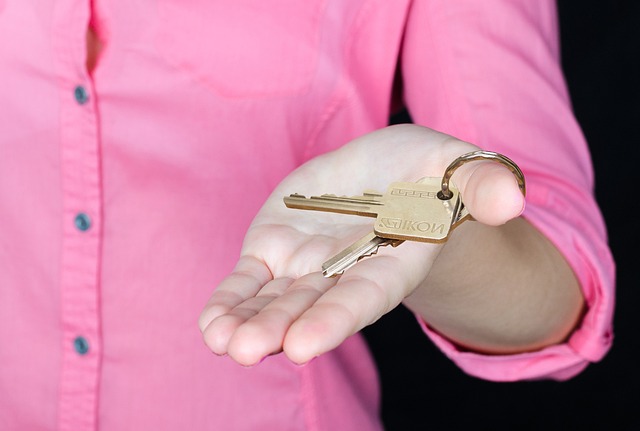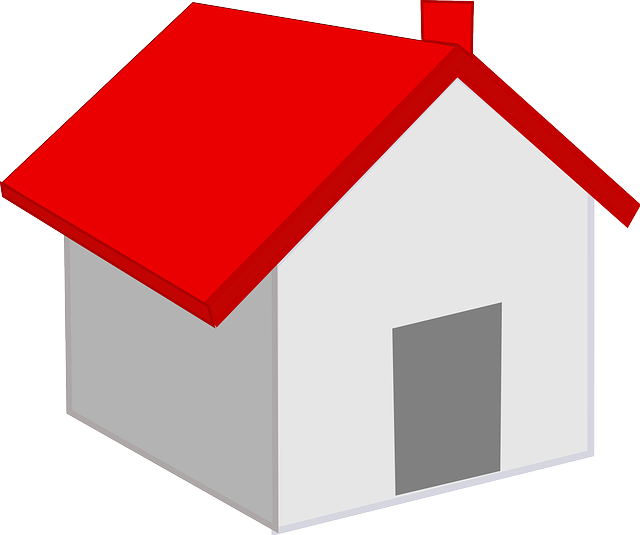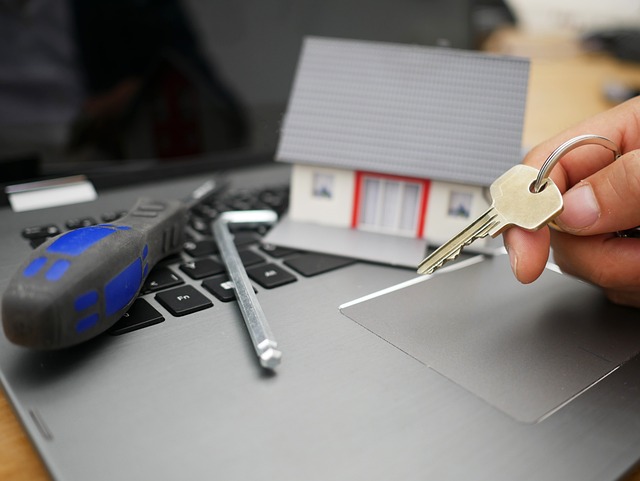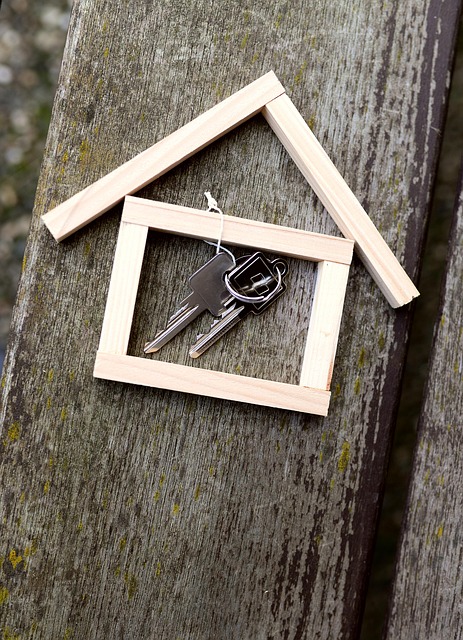Mold remediation is a multifaceted process, from initial inspection and containment to decontamination and restoration. Timelines vary greatly based on mold extent, affected area size, and water damage severity, ranging from days to months. Professionals assess moisture sources, use specialized tools, and employ stringent cleaning protocols, prioritizing structural integrity and indoor air quality. Understanding legal requirements and the impact on home value is crucial; compliance varies by region and can extend remediation. Efficient cleanup involves containment, removal of contaminated materials, HEPA vacuuming, and regular monitoring to prevent recurrences, ultimately preserving or enhancing property value.
“Unsure about the timeline for mold remediation before putting your property on the market? This comprehensive guide breaks down the process and factors influencing the duration. From understanding the remediation steps to assessing mold damage, we explore how to get an accurate estimation. Key considerations include legal aspects and the impact on your home’s value. Learn tips for efficient cleanup and expedite your recovery process, ensuring a smoother sale with a focus on maintaining and maximizing your property’s worth.”
- Understanding Mold Remediation: The Process and Timeline
- Assessing the Extent of Mold Damage for Accurate Estimation
- Factors Affecting Mold Remediation Duration
- Legal Considerations and Home Value Impact
- Tips for Efficient Mold Cleanup and Faster Recovery
Understanding Mold Remediation: The Process and Timeline

Understanding Mold Remediation: The Process and Timeline
Mold remediation is a meticulous process designed to identify, contain, and eliminate mold growth within a property. It involves several steps, from initial inspection and assessment to decontamination and restoration. The timeline for mold remediation can vary significantly based on several factors, including the extent of mold infiltration, the size of the affected area, and the severity of water damage. Typically, small, localized mold issues might resolve in a few days, while extensive infestations could take several weeks or even months to address adequately.
During remediation, professionals will first assess the situation to determine the type and extent of mold growth. They’ll then contain the affected area, remove contaminated materials, and apply appropriate disinfectants. After decontamination, restoration work begins, focusing on repairing water-damaged areas and restoring the property’s structural integrity. Once completed, a final inspection ensures that all mold has been effectively eliminated, safeguarding both home value and indoor air quality.
Assessing the Extent of Mold Damage for Accurate Estimation

Assessing the extent of mold damage is a critical step in determining how long mold remediation will take before a property can be closed. It’s essential to have a thorough understanding of the affected areas and the severity of the infestation to provide an accurate estimation. Mold professionals will inspect every corner of the property, examining walls, ceilings, floors, and even hidden spaces behind drywall or under flooring. They use tools like moisture meters and air quality tests to pinpoint the source of moisture and identify areas with high spore concentrations.
This meticulous assessment process is crucial for several reasons. First, it helps in developing a comprehensive remediation plan tailored to the specific needs of the property. Second, it ensures that all mold is addressed effectively to prevent further damage or health risks. Moreover, knowing the exact extent of damage allows for more precise budgeting and scheduling, which can significantly impact the overall home value in the event of a sale, as potential buyers often consider mold issues as deal-breakers.
Factors Affecting Mold Remediation Duration

The duration of mold remediation can vary significantly depending on several factors, all of which contribute to the complexity and scale of the affected area. One of the primary considerations is the extent of the mold growth—the larger and more extensive the mold infestation, the longer it will take to rectify. Additionally, the type of material impacted plays a role; porous materials like drywall or wood may require more time for effective decontamination compared to non-porous surfaces such as hard floors or countertops.
Another critical factor is the home’s overall value and the level of contamination. In high-value properties, specialized equipment and thorough cleaning protocols might be employed, extending the remediation process. Moreover, if mold has penetrated structural elements or infiltrated HVAC systems, the repair and replacement processes will inevitably add to the timeline. Proper ventilation and dehumidification are also essential; ensuring adequate air circulation and removing excess moisture can significantly impact the speed of mold removal.
Legal Considerations and Home Value Impact

When addressing a mold issue, it’s crucial to consider legal aspects, especially regarding proper remediation and disclosure. Different regions have specific laws and guidelines for mold inspection, testing, and remediation, which can extend the process. Homeowners or sellers must ensure they follow these regulations to avoid legal complications and potential liability.
Mold remediation’s impact on home value is another significant factor. Prompt and effective treatment can minimize damage and prevent further deterioration, maintaining or even increasing a property’s value. Conversely, prolonged mold presence may lead to substantial repairs, reduced marketability, and lower home value. Therefore, efficient remediation not only ensures a healthier living environment but also preserves the asset’s financial worth.
Tips for Efficient Mold Cleanup and Faster Recovery
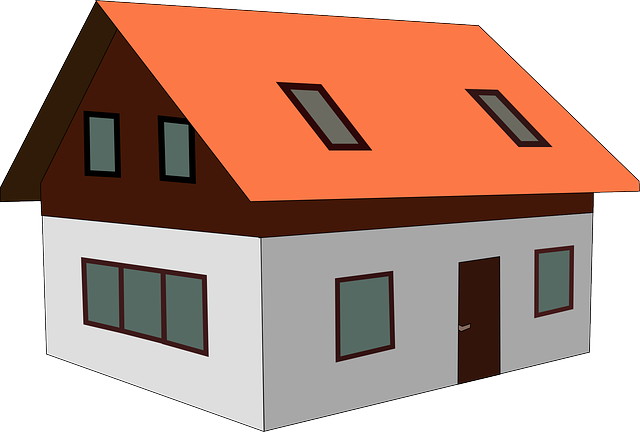
Efficient mold cleanup is crucial for a faster recovery and maintaining or even increasing your home’s value. The first step is to identify and contain the affected area. This involves sealing off the space, if possible, and using barrier materials to prevent cross-contamination. It’s important to wear personal protective equipment (PPE) during this process to minimize exposure to mold spores.
Once contained, begin removing contaminated materials. This can include wallboards, insulation, and other porous items that are severely damaged. Use a HEPA vacuum to clean hard surfaces and remove loose mold. After cleanup, ensure proper air circulation in the area by opening windows or using fans. Consider using an air purifier to help eliminate any remaining mold spores from the air. Regular monitoring with moisture meters and air quality tests can also aid in ensuring that mold does not return.
